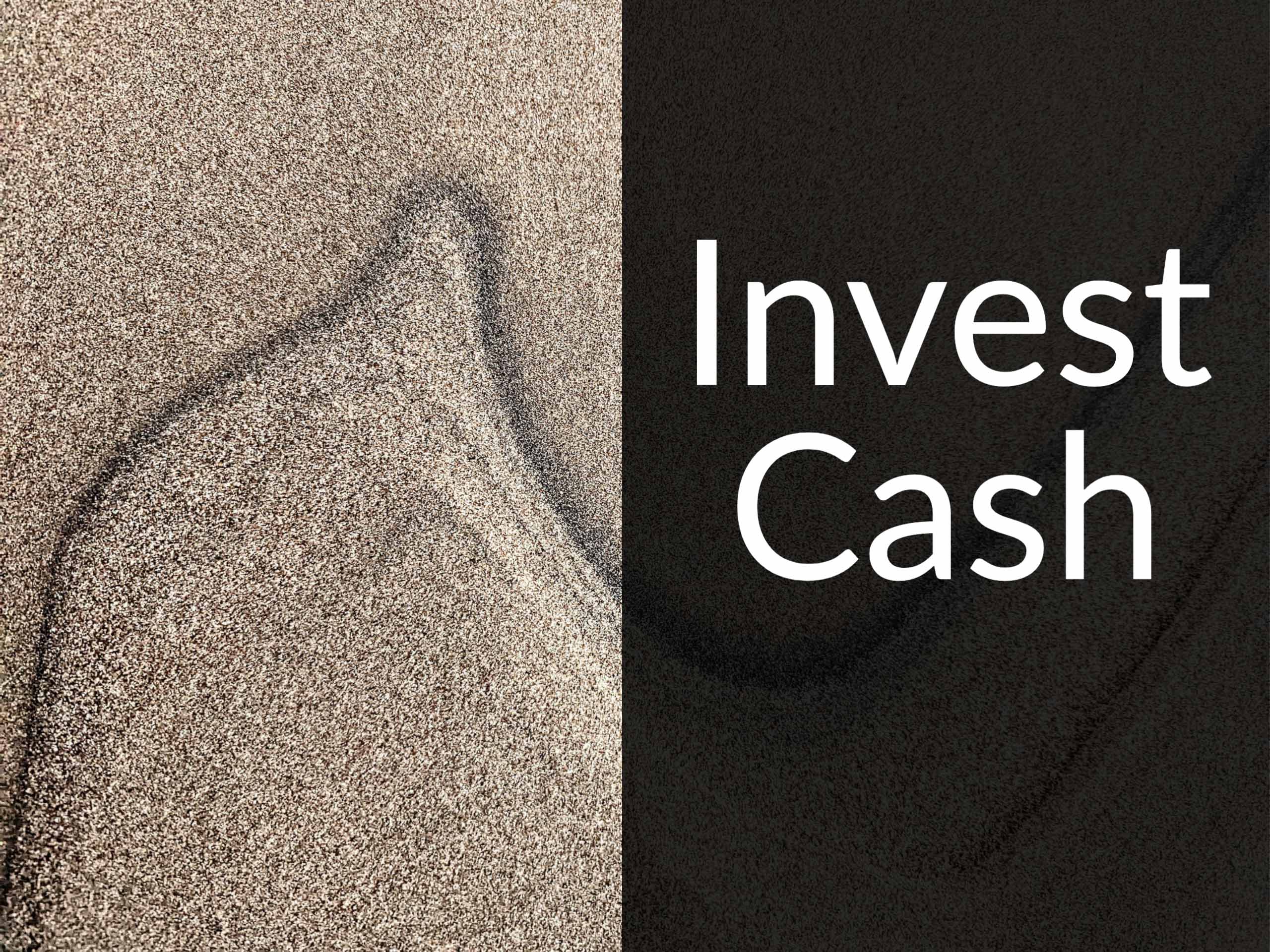What are the best options for safely investing cash.

Topics covered include:
- High-yield savings accounts
- Certificates of Deposits
- Government Bonds
- Money Market Mutual Funds
- When should you invest in long-term bonds
- Why some savings apps try to look like banks but they are not
- What happens when central banks lose money
- Where not to deposit cash for safety
Show Notes
Factors Affecting Reserve Balances—U.S. Federal Reserve
Crypto Lender BlockFi Follows FTX Into Bankruptcy by Alexander Gladstone—The Wall Street Journal
Episode Sponsors
MasterClass – Get two annual memberships for the price of one
Money App – Triple Your Paycheck Giveaway
Related Episodes
304: A 15% Guaranteed Return? Lending on the Fringes of Finance
392: What Is Money and How to Use It
Transcript
Welcome to Money for the Rest of Us. This is a personal finance show on money, how it works, how to invest it, and how to live without worrying about it. I’m your host, David Stein. Today’s episode, 412. It’s titled “Where to Invest Your Cash Savings for Higher Yields.”
First Money Market Mutual Fund Investment
In 1990 I was attending university at the University of Cincinnati. LaPriel and I were recently married, and I made one of my first investments. I invested in the Gradison money market mutual fund. Gradison & Co. was a local broker in Cincinnati, and I felt like I was a genius, in the sense that I could earn an 8% yield on this money market mutual fund.
Now, I was studying finance, but even so, I didn’t really understand exactly what a money market mutual fund was. I just knew the yields were attractive, and I’d read about them, but I didn’t have the true understanding that I do now of money market mutual funds, having done episodes on them, understanding the legislation.
A money market mutual fund is effectively private money. In this case, Gradison was taking in funds and investing those funds in short-term government securities and short-term commercial paper, or commercial obligations. The Fed funds rate at that time was around 8%, and that was the business model—they invested the money, they charged a little bit of an expense ratio, I had no idea what it was, and then they paid that interest.
For much of the last decade, interest rates have been very, very low around the world, and so we didn’t have to spend a whole lot of time concerning ourselves how our cash was invested. That’s different today. Yields are much higher, inflation is higher, and so there’s an opportunity cost for not putting our cash to work. In this episode then, we want to look at some of the options out there.
And that Gradison money market mutual fund example is important to me, in that I realized that many listeners, or even newer investors, while cash investing can seem simple, some of these products are actually kind of complicated. Some of the products really are confusing in terms of how they present themselves.
High Yield Savings Accounts
We want to start though with the most conservative, most liquid—in other words the ability to get your money in and out savings vehicles—and those are savings accounts at banks. I looked at the yields in some of the higher-yielding savings accounts, such as Marcus Bank, Discover Bank. The yields that they’re paying on cash deposits is 3%.
The benefit of putting money in a high-yield savings account at a bank is its government-guaranteed. If the bank goes bankrupt, there are insurance funds that are often sponsored by the government, in this case, an independent agency of the government in the US, FDIC. But that’s an important component, having that protection.
As a Money For the Rest of Us Plus member, you are able to listen to the podcast in an ad-free format and have access to the written transcript for each week’s episode. For listeners with hearing or other impairments that would like access to transcripts please send an email to jd@moneyfortherestofus.com Learn More About Plus Membership »
